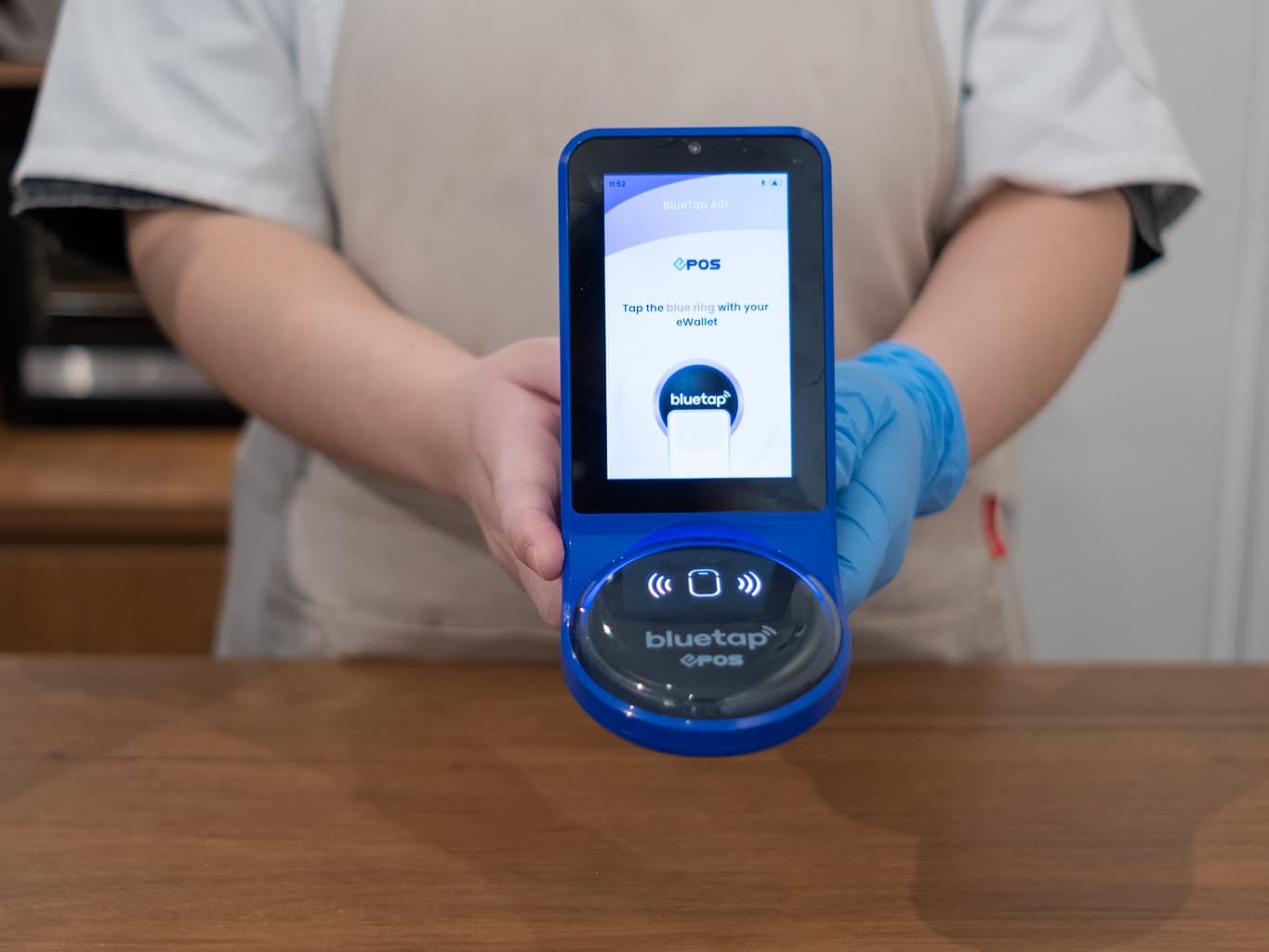
By Mike Panzeri, General Manager UK, Moss

Mike Panzeri
The official launch of Variable Recurring Payments (VRP) marks one of the most important changes for open banking capabilities and broader payments. Until recently, open banking only allowed one-off payments and was designed to automate wire transfers and selected few card transactions. For the first time, VRP will enable recurring payments via open banking, becoming a sort of super-powered direct debit that will offer benefits of fully automated payments with adjustable amounts on a recurring basis.
This seemingly small regulatory change will have a massive impact on payment methods by allowing payments to be settled in real-time (compared to 3+ days), reducing customer journey’s friction, minimising fraud and providing huge opportunities for e-commerce. So, let’s take a closer look at the significance of this development and what opportunities it opens for future transactions.
What is VRP?
VRP will allow customers to make recurring payments from one account to another by using open banking to securely connect banks and Third-Party Providers (TPP). The account holder will have to state the number of transactions happening in one period as well as the transactional limit, which will be very useful in user cases such as utility bills where monthly payments may vary depending on the amount of electricity and water used.
At the moment, it’s only mandatory for banks to offer VRP between accounts in one name, but even that opens up new possibilities for its holders, and most banks are planning to offer it for all user cases. TPPs will help customers save any left-over money and avoid overdraft fees by automatically paying off outstanding amounts using another account with a positive balance.
How will it benefit our society?
The introduction of open banking in 2018 changed the way we move and use money, and no one accepted this move faster than millennials and Gen Zs. The digital-first generation grew up with having access to services whenever and wherever they wanted, and the global shift to open banking has allowed them to initiate payments at the finger-touch. As almost a third of millennials (30%) use mobile banking apps, they will be amongst the first generations to benefit from the introduction of VRP due to the ease and speed of sweeping transactions.
The common methods of payments that we know today such as Direct Debit and having cards on file have the potential to become derelict. For starters, Direct Debits are impossible to reconcile with open banking, and, since they often take three to five days to settle, they are taking up the cash flow. VRPs are sent immediately and have a reduced risk of fraud and chargebacks, creating an incentive to migrate trillions of pounds transacted yearly on Direct Debit.
Cards-on-file operations will also be replaced by accounts-on-file – as cards expire over time, and with every single transaction having to be authorised by the account holder, this creates an unnecessary friction during the customer journey. VRP mandate will mean that clients won’t have to be asked to update their bank details ever again, and while payments would be fully automated and instant, the account holders will have even more control and transparency over their accounts.
For companies that offer credit products, such as spend management platforms with smart credit cards and vehicle financing, this is a particularly exciting development as offering credit services, paired with collecting payments via Direct Debit, opens them up to fraud. Direct Debit or Continuous Payment Authority (CPA) requires customers sharing a sort code, account number and all their card details, which creates a greater opportunity for data misplacement and human error. Using VRP will enable them to decrease the risk of fraud and essentially decrease the cost of providing credit products, which is one of the main areas where the customer will benefit the most.
What to expect in the future?
Ultimately, by implementing the necessary changes to accommodate the VRP mandate, most banks would have already created the robust infrastructure that would allow for future first-party to third-party payments. On top of this, there are many recurring payments currently taking place on credit cards, such as media subscriptions and in-app payments, that could also be migrated to VRP due to high costs of credit card payments for merchants.
Even though sweeping is the only case where Variable Recurring Payments have been mandatory for banks, the infrastructure required for it has allowed many other payment providers to start launching non-sweeping processes too. With the speed of innovation that the world has seen post COVID, it will not be surprising at all if 2023 will see banks introducing VRP to other types of transactions, driven by the continuous demand from consumers and ever-growing capabilities of technology.
VRP could be one of the first steps to help banks monetise their open banking investment. However, the key to this would be for banks to have transparent and strong collaborations with TPPs and continue pushing the boundaries of Real-time Payment opportunities for their customers.


